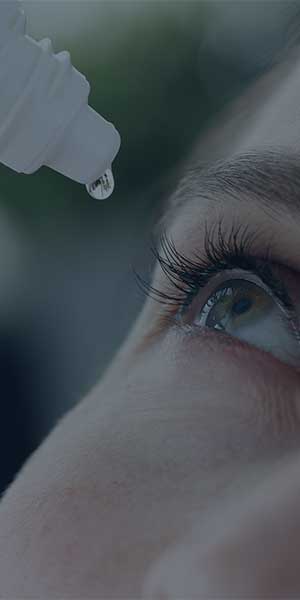Corneal Diseases & Treatments

Corneal Diseases & Treatments
The cornea, which is extremely important for our eye health, is known as the transparent tissue forming the outer layer of the eye. However, corneal diseases can occur due to various reasons and can affect vision quality. Here are common corneal diseases and their treatment methods:
Keratoconus is a disease characterized by the thinning and cone-like shape of the cornea. This condition can lead to blurred vision, light sensitivity, and astigmatism. Keratoconus is typically seen in young adults. Treatment methods include glasses, contact lenses, corneal cross-linking, and keratoplasty (corneal transplant).
Keratitis is a condition that occurs as a result of inflammation and infection of the cornea. Improper and incorrect use of contact lenses, bacteria, viruses, or fungi can trigger keratitis. Symptoms of keratitis include pain, redness, light sensitivity, and blurred vision. Treatment typically involves antibiotic drops, antiviral medications, or antifungal drugs.
Dry eye syndrome is a condition that occurs when the cornea is not sufficiently moisturized. This can cause symptoms such as burning, stinging, redness, and blurred vision. Treatment methods include artificial tear drops, eyelid massage, warm compresses, and gels or ointments that protect the corneal surface.
Fuchs’ dystrophy is a disease that occurs due to damage to the cells in the inner layer of the cornea. This condition can lead to corneal swelling and blurred vision problems. Treatment for Fuchs’ dystrophy includes saline solution drops, eye ointments, and in advanced cases, corneal transplantation.
Corneal dystrophies are eye diseases resulting from structural abnormalities in the cornea and are associated with genetic predisposition. These dystrophies can affect the transparency and smoothness of the cornea, negatively impacting vision. Hereditary corneal dystrophies are usually passed down in families and can manifest in various forms.

